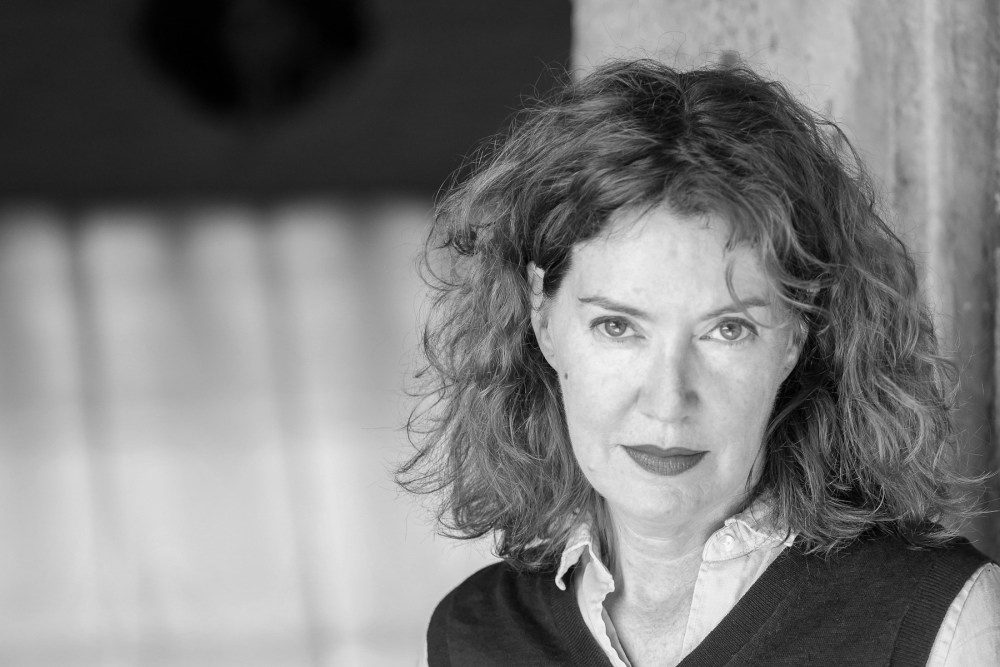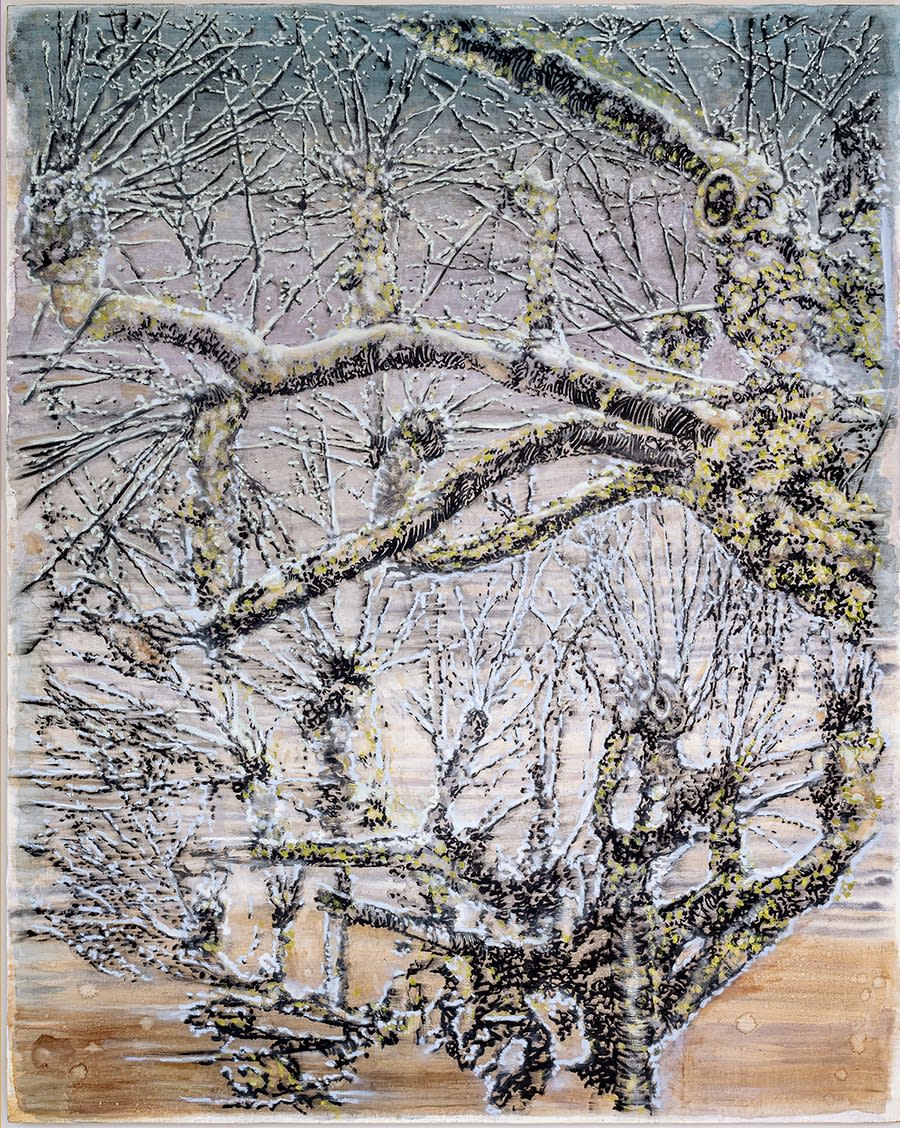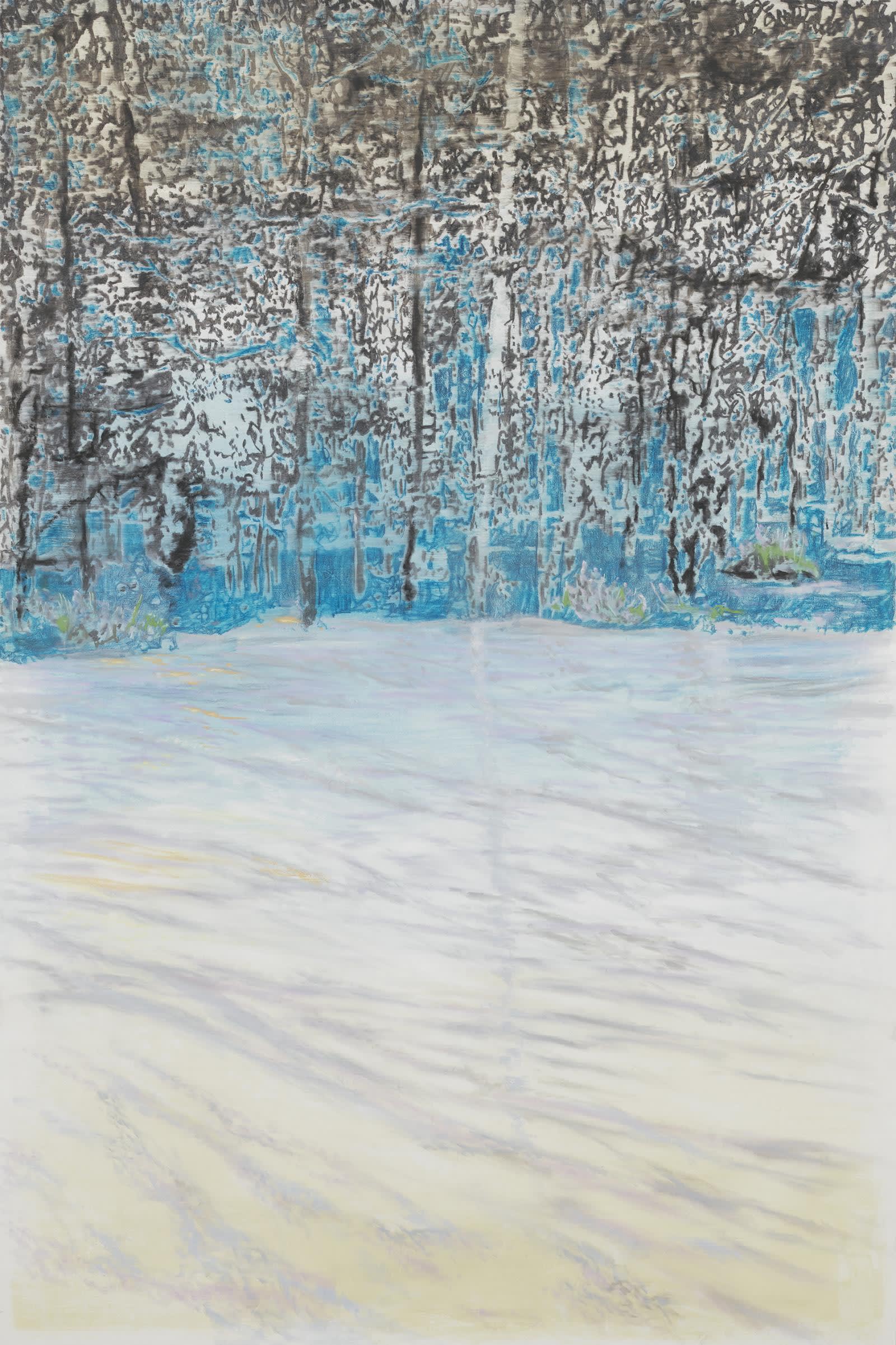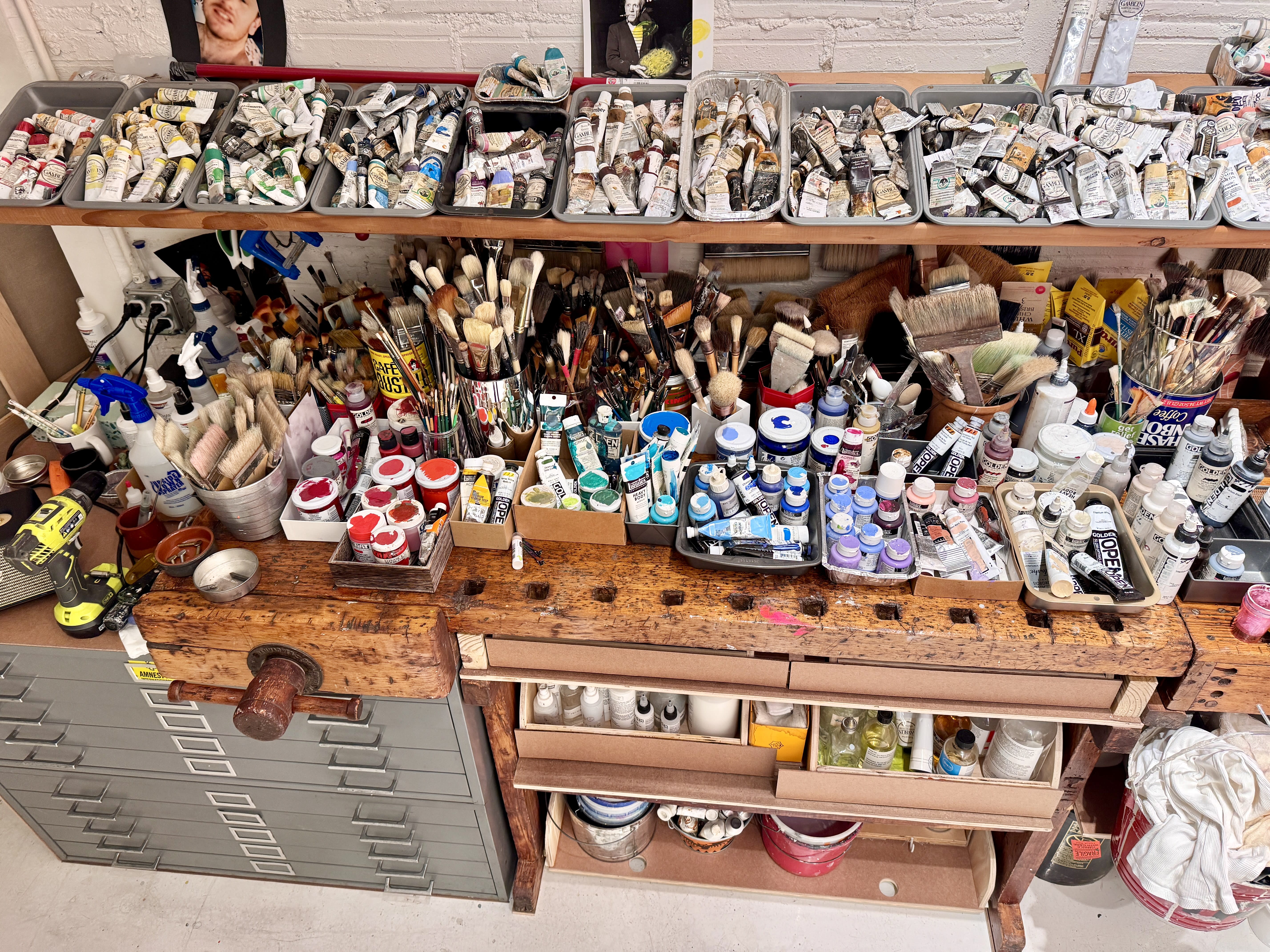
Hexton Gallery was pleased to share an intimate conversation with artist Ena Swansea, featured in our exhibition A Forest. Known for her paintings’ cinematic depth and quiet intricacy, Ena’s work invited viewers into a contemplative space where the forest became a metaphor for connection and stillness.

Ena Swansea, pollarded trees, 2024, Oil on canvas, 60 x 48 in
Your paintings had a cinematic quality, where motion and stillness seemed to exist simultaneously. Could you tell us more about your process?
Ena explained, “I built up many layers, creating a sense of a freeze frame that captured movement over time. It was similar to optical printing in film, where successive images were superimposed. The painting became a trace of something that had happened—not all at the same instant. Sometimes forms seemed to vibrate, or as my son described it, they had ‘that melty thing.’”

Ena Swansea, Snow in Connecticut, 2019, Oil on canvas, 72 x 48 in
The works in our exhibition responded thematically to the forest as a place for connectivity. How did this concept resonate with your approach?
Ena responded, “In Snow in Connecticut, the forest sat just beyond the lawn—tamed by human presence and just out of frame. The trees endured through winter, and their patterns in the snow recalled the elegance of 18th-century etchings while also carrying the energy of abstract expressionism. Similarly, in Pollarded Trees, I explored sculptural forms shaped by human intervention, their silhouettes outlined like an electrical current, as if caught in the static of an early television screen.”

Was there something in your studio that was essential to your practice but did not appear in the final work?
“My studio was set up for focus,” Ena said. “The floor had to be clear because I often walked backward to view my work. My materials—paints, pastels, brushes—were meticulously arranged on an old workbench. That way, I could grab what I needed without breaking my flow.”
